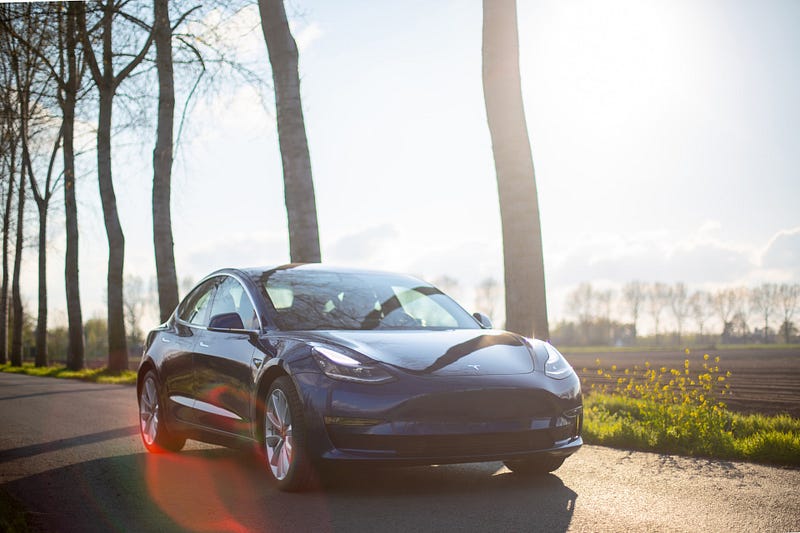# Tesla Opens Supercharger Network: A Game Changer for EVs
Written on
Chapter 1: Introduction to Tesla's Decision
In early July, the White House announced that Tesla would be allowing all electric vehicles (EVs) to access its extensive Supercharger network. With over 1,400 charging sites and 7,000 individual chargers across the U.S., Tesla boasts the largest charging network in the nation. Notably, these chargers are often more reliable than many third-party options, such as those from Electrify America.
This change aims to tackle one of the main challenges faced by electric vehicle users: the inadequate charging infrastructure. By opening access to its Supercharger network, Tesla not only enhances the convenience for non-Tesla EV drivers but also encourages those who cannot charge at home or often travel long distances to consider making the switch to electric vehicles.
However, this move raises some important questions. Will Tesla risk losing customers now that its charging network is no longer exclusive? More critically, will opening up the Supercharger network genuinely improve the convenience of owning an EV, especially given that many locations are already experiencing overcrowding?
Section 1.1: The Business Perspective
Tesla's choice to permit all EVs to utilize its charging stations might seem counterproductive from a business standpoint, as the Supercharger network is a significant selling point for the brand. However, there are several reasons why this decision could ultimately benefit the company.
First, Tesla will continue to earn revenue from the energy costs incurred by users at its chargers. Elon Musk indicated via Twitter in April that the company targets a 30% gross margin on electricity provided to other EVs, aiming for an overall profit margin of 10%. While this profit margin may seem modest, Musk emphasizes it reflects his commitment to accelerating the adoption of electric vehicles. This should still provide Tesla with enough funds to maintain and develop its charging infrastructure.
Moreover, Tesla is likely to see a healthy profit from accessories that other EVs will need to connect to its network. Since Tesla employs a proprietary plug design, adapters will be necessary for compatibility.
Most importantly, allowing all EVs to access Tesla’s network grants the company entry to a $5 billion federal fund dedicated to building a nationwide charging infrastructure. This funding will support the development of 500,000 public charging ports expected to be operational by 2030. As Tesla’s Supercharger network becomes part of this public infrastructure, it can benefit from this financial backing, significantly enhancing its expansion capabilities.
Section 1.2: Implications for EV Owners

Although Tesla's decision to open its Supercharger network is a step forward for EV accessibility, it is uncertain whether this change will yield immediate benefits. As previously mentioned, Supercharger stations in densely populated areas often suffer from congestion, with Tesla owners sometimes waiting for over an hour to charge.
The influx of additional electric vehicles could exacerbate this issue before any improvements materialize. Nevertheless, Tesla accounted for 70% of EV sales in the U.S. in 2021, meaning that most Supercharger stations will still be predominantly occupied by Tesla vehicles. However, with a growing number of appealing non-Tesla EVs on the market, it is crucial for Tesla to rapidly expand its charging network to enhance the public charging experience.
On a brighter note, by opening up Superchargers to all EVs, Tesla positions its network to compete directly with other charging providers like ChargePoint and Electrify America. This competitive landscape will likely pressure these companies to enhance their charging speeds, improve reliability, and expand their own networks. They may even introduce incentives to attract consumers away from Tesla’s well-established infrastructure.
Thus, while the potential increase in traffic at Supercharger stations may present challenges initially, the overarching narrative is that this decision not only supports Tesla’s infrastructure growth but also compels other public charging providers to elevate their offerings as well.
Chapter 2: Future Outlook for Electric Charging
Tesla Is Opening Up Their Supercharger Network In America! Here’s how this transformative decision is set to unfold.
Tesla Supercharging For Other EVs Isn't Perfect Yet - An analysis of the current challenges and considerations as the network opens to all electric vehicles.